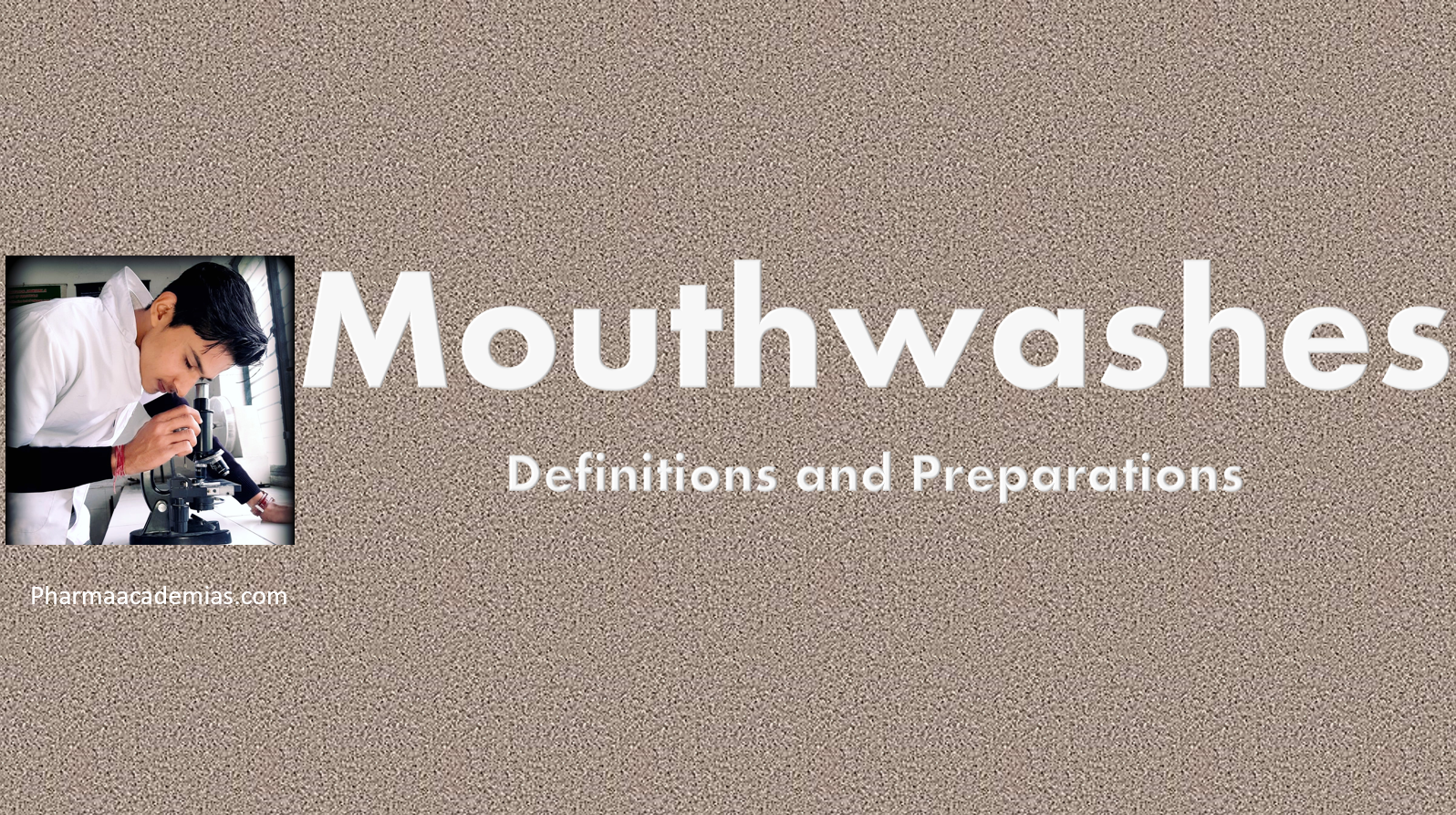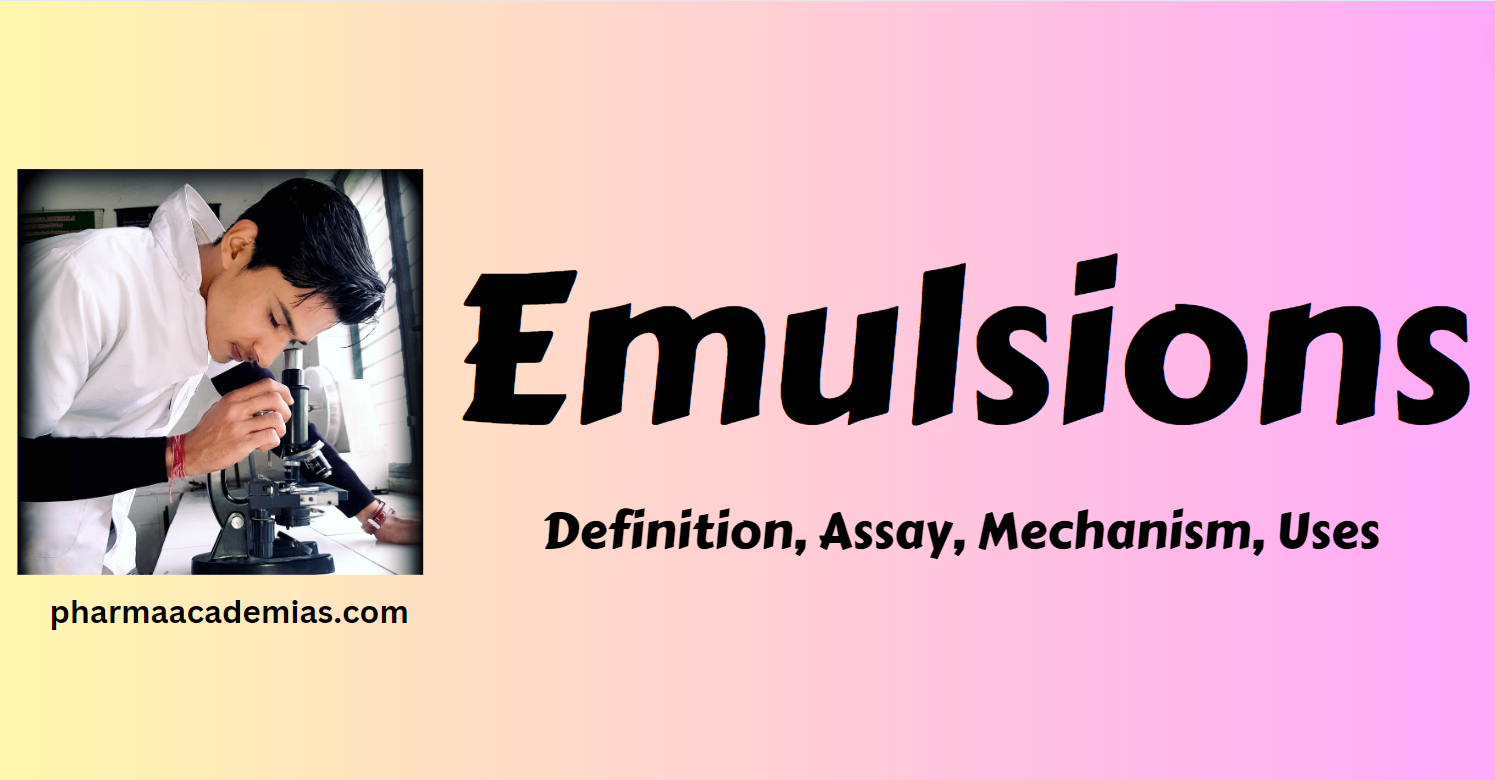Gargling is a common practice for maintaining oral hygiene and treating conditions affecting the throat and mouth. Gargles are liquid formulations swirled around the mouth and throat and then expelled. They are commonly used for soothing sore throats, reducing inflammation, and preventing or alleviating oral infections. Below is a detailed note on the definitions and preparations of gargles.
Definitions
1. Gargle:
A gargle is a liquid medicinal preparation used for cleansing or soothing the throat by swishing and expelling the liquid from the mouth.
2. Mouthwash:
While not exactly synonymous with gargles, mouthwashes are liquid formulations used for oral hygiene, often containing antiseptic agents, flavoring agents, and sometimes therapeutic agents.
Preparations
1. Simple Saltwater Gargle
– Ingredients:
– Warm water
– Salt
– Preparation:
– Mix a teaspoon of salt in a glass of warm water.
– Wash the solution around the mouth and throat before expelling.
2. Antiseptic Gargle:
– Ingredients:
– Warm water
– Antiseptic solution (chlorhexidine or povidone-iodine)
– Gargle as directed.
3. Herbal Gargle
– Ingredients:
– Warm water
– Herbal ingredients (e.g., chamomile, sage, or thyme)
– Preparation:
– Prepare an infusion by steeping herbal ingredients in hot water.
– Strain the liquid and allow it to cool to a warm temperature.
– Gargle with the herbal infusion.
4. Baking Soda Gargle
– Ingredients:
– Warm water
– Baking soda
– Preparation:
– Mix a teaspoon of baking soda in a glass of warm water.
– Gargle with the solution.
5. Honey and Lemon Gargle:
– Ingredients:
– Warm water
– Honey
– Lemon juice
– Preparation:
– Mix a tablespoon of honey and lemon juice in warm water.
– Gargle with the mixture.
6. Commercial Gargle Solutions: – Ingredients
– Various commercial gargle solutions are available, often containing antiseptic, analgesics, and flavoring agents.
– Preparation:
– Follow the instructions provided on the product label for proper usage.
Considerations
– Temperature: Gargles are typically used at warm or room temperature for comfort and effectiveness.
– Frequency: Gargles are recommended multiple times daily, especially during throat discomfort or infection.
– Caution: Individuals should be cautious not to swallow the gargle solution, especially if it contains potentially harmful substances.
Gargles can be a valuable part of oral hygiene and throat care routines. However, it is essential to consult a healthcare professional to diagnose and treat persistent or severe throat conditions properly.




